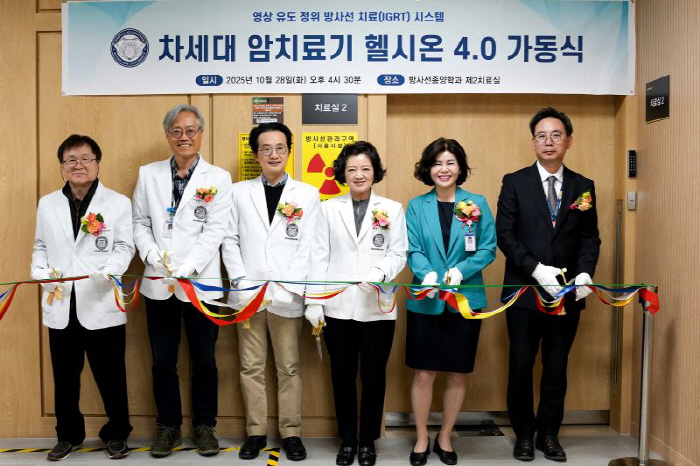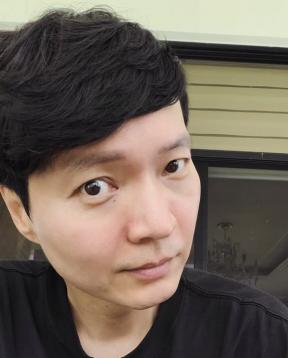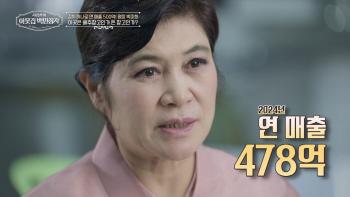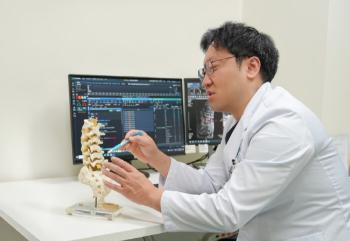Gangdong Kyunghee University Hospital Introduces Next-Generation Radiation Therapy System...Expect to improve treatment accuracy and patient convenience
Oct 30, 2025
Gangdong Kyunghee University Hospital (Director Lee Woo-in) introduced Helcyon 4.0 and Surface Guided Radiation Therapy (SGRT), a next-generation radiation therapy equipment, on the 28th and held a full-scale operation.
Through the introduction of this equipment, the hospital plans to expand patient-centered precision radiation therapy and establish a safe and patient-friendly cancer treatment environment.
The biggest features of Helcion 4.0 are its shorter treatment time and precision of image-guided techniques. Imaging is only about 15 seconds and the irradiation time is only 2 to 5 minutes, so the entire treatment is completed in 10 to 15 minutes. Treatment within a short period of time reduces the possibility of movement of patients, and as a result, tumors can be treated more accurately. In addition, the dual multi-leaf collimator device blocks unnecessary radiation leakage, thereby minimizing normal tissue damage.
SGRT is a state-of-the-art technology that recognizes a patient's skin surface with a 3D camera and corrects the posture before treatment. Previously, it was necessary to draw a mark line or tattoo a dot on the skin for radiation treatment, but this method left inconvenience and psychological burden in life. SGRT solves these inconveniences, allowing free life even during treatment, and there is no mark on the skin after treatment. Furthermore, if the patient moves during treatment, it can be detected in real time and stopped or adjusted for treatment, increasing safety.
HALCYON and SGRT are applied to the treatment of major solid cancers such as prostate cancer, breast cancer, lung cancer, and gynecological cancer.
In addition, the treatment range can be extended to chest tumors such as lung and esophageal cancer, abdominal tumors such as liver and rectal cancer, and metastatic lesions. The combination of image-guided precision treatment and SGRT's positional correction function can benefit a wide variety of patients regardless of age or type of cancer.
Gangdong Kyunghee University Hospital expects to strengthen its patient-specific radiation treatment capabilities and increase cancer treatment performance and patient satisfaction through the introduction of this equipment.
Lee Woo-in, head of Gangdong Kyunghee University Hospital, said "Helsion 4.0 and SGRT have made it possible to receive faster, more precise, and traceless treatment" and "We will continue to actively introduce the latest technology so that more patients can benefit from it in the future."
Through the introduction of this equipment, the hospital plans to expand patient-centered precision radiation therapy and establish a safe and patient-friendly cancer treatment environment.
The biggest features of Helcion 4.0 are its shorter treatment time and precision of image-guided techniques. Imaging is only about 15 seconds and the irradiation time is only 2 to 5 minutes, so the entire treatment is completed in 10 to 15 minutes. Treatment within a short period of time reduces the possibility of movement of patients, and as a result, tumors can be treated more accurately. In addition, the dual multi-leaf collimator device blocks unnecessary radiation leakage, thereby minimizing normal tissue damage.
SGRT is a state-of-the-art technology that recognizes a patient's skin surface with a 3D camera and corrects the posture before treatment. Previously, it was necessary to draw a mark line or tattoo a dot on the skin for radiation treatment, but this method left inconvenience and psychological burden in life. SGRT solves these inconveniences, allowing free life even during treatment, and there is no mark on the skin after treatment. Furthermore, if the patient moves during treatment, it can be detected in real time and stopped or adjusted for treatment, increasing safety.
HALCYON and SGRT are applied to the treatment of major solid cancers such as prostate cancer, breast cancer, lung cancer, and gynecological cancer.
In addition, the treatment range can be extended to chest tumors such as lung and esophageal cancer, abdominal tumors such as liver and rectal cancer, and metastatic lesions. The combination of image-guided precision treatment and SGRT's positional correction function can benefit a wide variety of patients regardless of age or type of cancer.
Gangdong Kyunghee University Hospital expects to strengthen its patient-specific radiation treatment capabilities and increase cancer treatment performance and patient satisfaction through the introduction of this equipment.
Lee Woo-in, head of Gangdong Kyunghee University Hospital, said "Helsion 4.0 and SGRT have made it possible to receive faster, more precise, and traceless treatment" and "We will continue to actively introduce the latest technology so that more patients can benefit from it in the future."
|
This article was translated by Naver AI translator.














